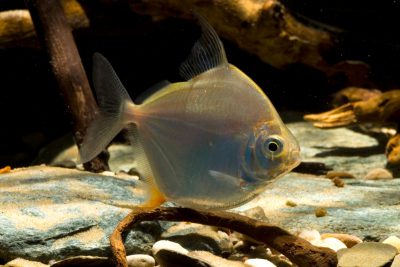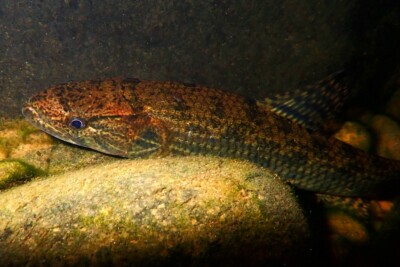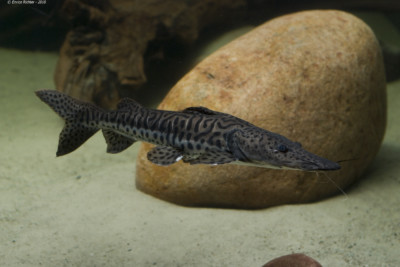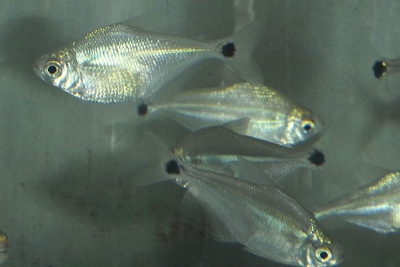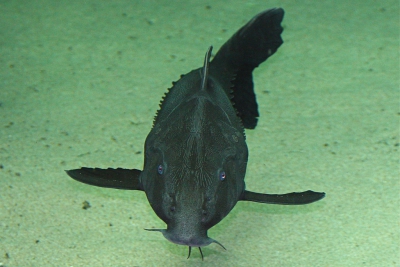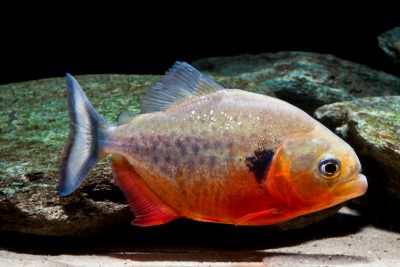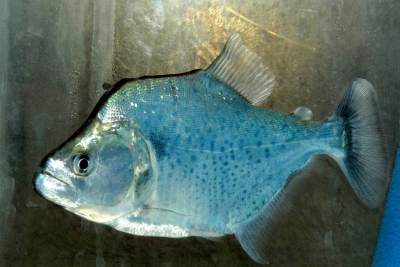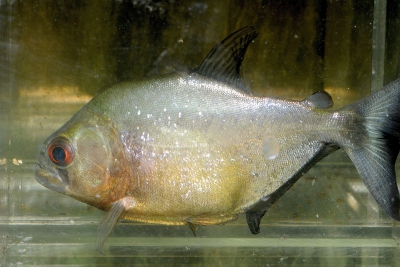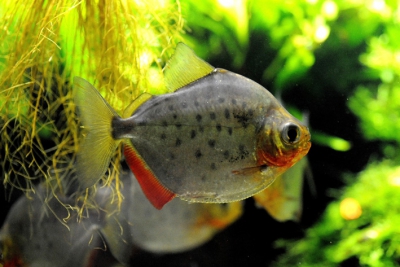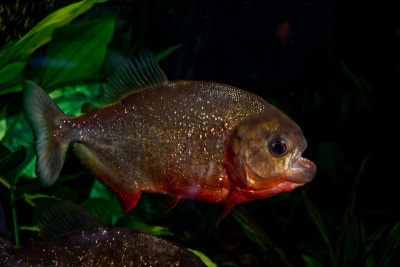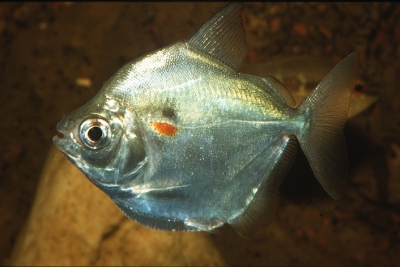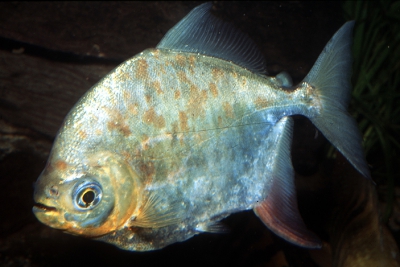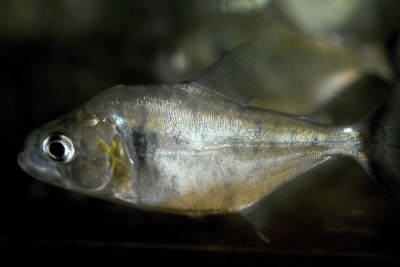Mylossoma duriventre
| Scientific name | Mylossoma duriventre |
|---|---|
| Descriptor | Cuvier |
| Year of description | 1818 |
| IUCN category (World) | LC |
| Family | Serrasalmidae |
| Genus | Mylossoma |
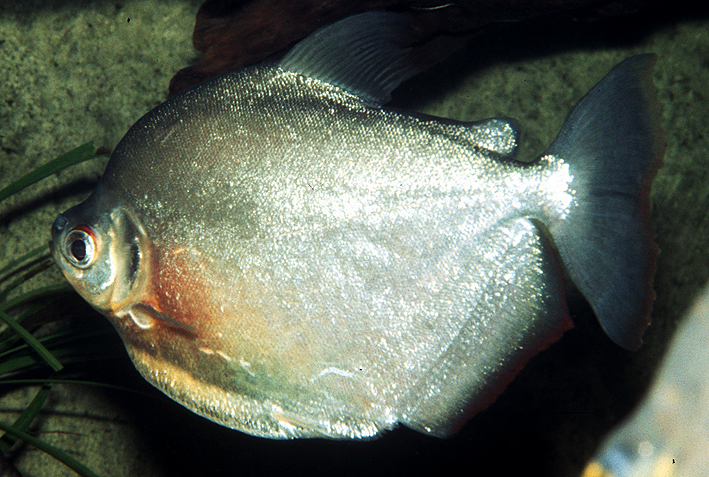

Introduction
Mylossoma duriventre is a fresh water fish from the Amérique du Sud.
This sheet is currently being prepared. The texts currently proposed come from our data model or are being drafted. To request priority for this content, you can write to us HERE.
Who is it?
Morphology
-
Average size30 cm
-
Maximum size30 cm
-
Longevity10 year
-
ShapeCircular
-
Average size30 cm
-
Maximum size30 cm
-
Longevity10 year
-
ShapeCircular
How to recognize This fish ?
Mylossoma duriventre measures between 30 and 30 cm.
Sexual dimorphism
The females have a more rounded abdomen than the males, they are generally stockier. This characteristic is exacerbated in the period of reproduction.
Behaviour & Life cycle
-
dietherbivorous
-
Sociabilityliving in colonies
-
territorialNo
-
Way of livingdiurnal
Mylossoma duriventre is a fish living in colonies naturally found at mid-depth. This species is herbivorous .
n general, this species does not care much about other animals crossing its path.
Reproduction
-
Reproductiondont le mode de reproduction est encore inconnu
Mylossoma duriventre is a fish dont le mode de reproduction est encore inconnu.
Harmless species
This species does not represent any particular threats to humans when encountered in its natural environment.
Origin and distribution
Conservation status of populations (IUCN)
What is its habitat?
Natural environment characteristics
-
Temperature22 - 28 °C
-
pH (acidity)5 - 7.5
-
gh (hardness)3 - 10
-
FlowSlow and Stagnant
Biotope presentation
The acidification of water comes from the decomposition of plants. This phenomenon changes the color of the water, which tends to turn brown. In some areas particularly rich in organic matter, the water is so dark that it is called "black water".
This animal evolves in areas characterized by a strong presence of vegetation (aquatic and marsh plants, decaying organic matter, roots...).
Species of the same biotope
To go further
Sources & Contributions
Participation & Validation
The Fishipedia team and specialist contributors are committed to providing high-quality content. However, although the information comes from scientific sources or testimonials from specialists, the cards may contain inaccuracies.

Robert Allgayer
Translation
Translation done with the valuable contribution of our translators, who make this information available to a wider audience. We sincerely thank them for their commitment.
In collaboration with : Fédération Française Aquariophilie
Scientific partners
Tags
Species of the same family
Species of the same biotope




